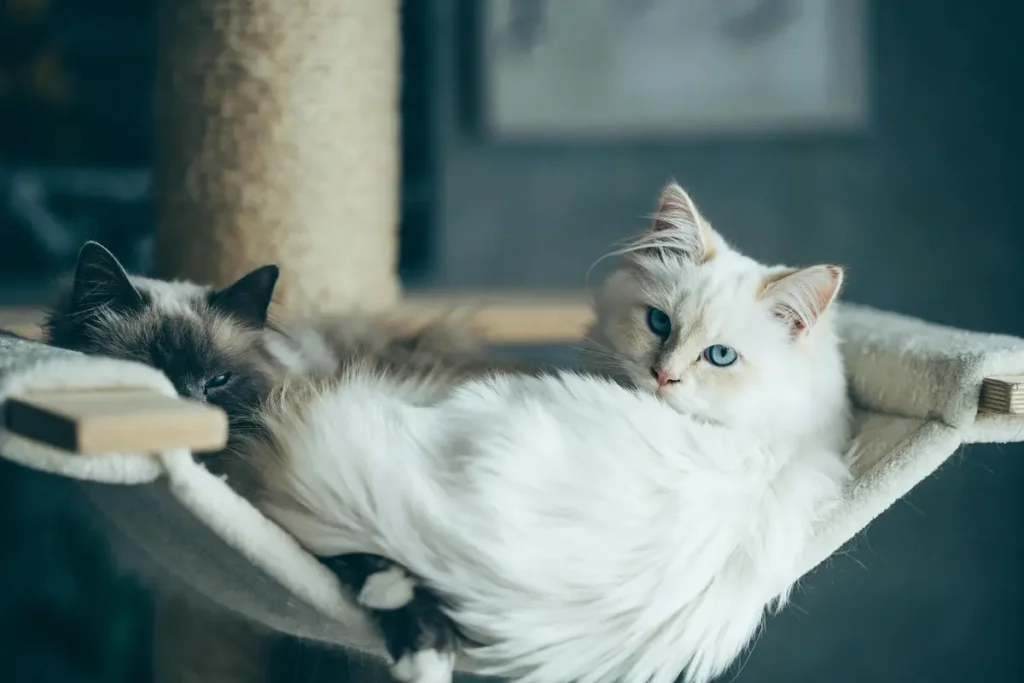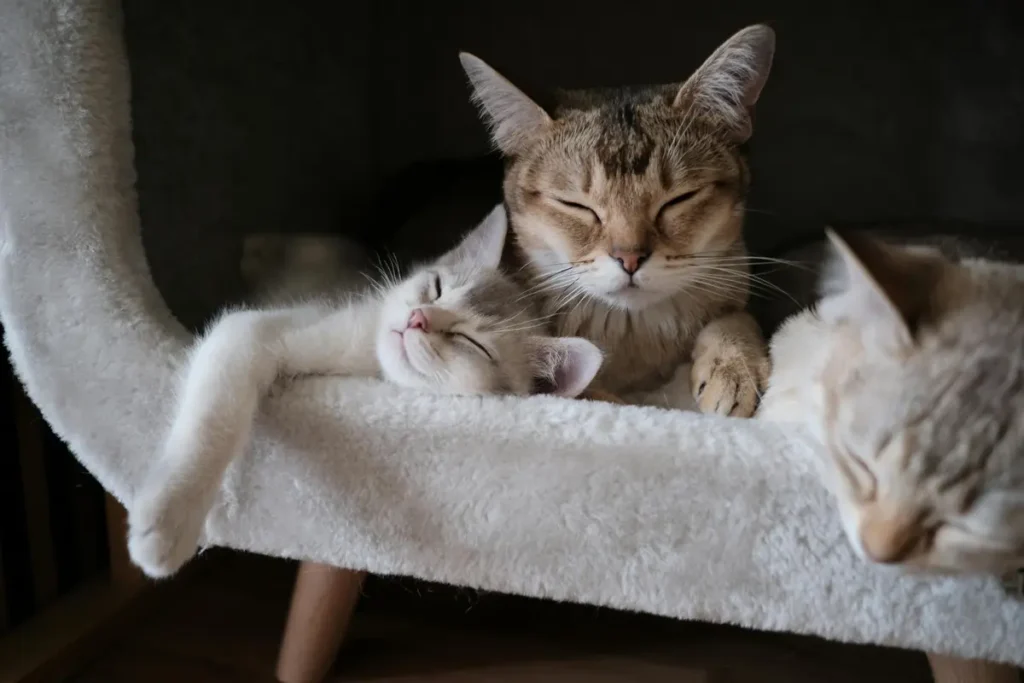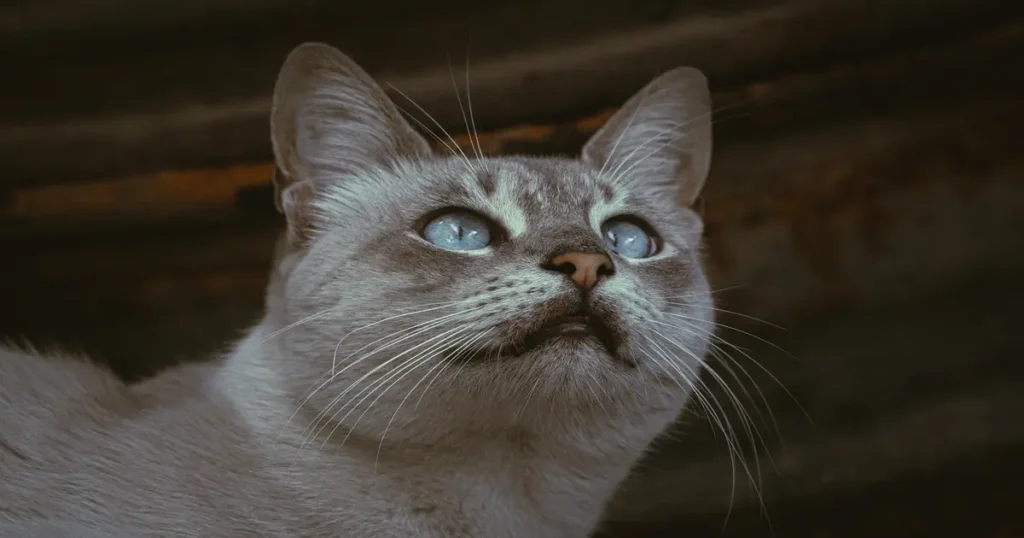Why are cats so cute? I’ve had cats for most of my life, so I know how they can be like sweet magicians in the family. People are fascinated by their big eyes, fluffy paws, and cheeky personalities, whether they chase their tails or turn on the light rays. Cat lovers are almost unanimous when it comes to announcing the sweetness of the fur baby, especially when those big, imploring eyes lock onto you. It’s no wonder we fall in love with cats once a thousand times a day.
Science explains this attraction. Neuroscientist Professor Morten Kringelbach suggests that our brain picks up cuteness in seven seconds, using special techniques to track the brain signals triggered by infants or small animals. This immediate response is deep, which encourages people to take care of and adore cats. This is a trait cats exploit with baby-like meows and soft fur. My little pink nose and soothing purr are blown up with sweet features that also pop in the house. Each smiling cat video or dear pet moment spreads a dose of happiness, which is not an accident.
Define Cuteness:
Why are cats so adorable? The study of evolutionary biology and neuroscience holds the key to the solution. Cats’ infant-like behaviours, large eyes, round faces, and tiny noses trigger our natural desire to provide care. This phenomenon, known as the “baby schema” effect, was diagnosed by using researcher Konrad Lorenz. Research backs up these patterns, which trigger the reward system in the brain and release oxytocin, also known as the “love hormone,” which extends the bond we have to our pets.
Hiroshima University cognitive psychologist Dr. Hiroshi Nittono found that looking at pictures of cute animals, such as kittens, increases awareness and positive emotions. This explains why scrolling through cat movies feels so therapeutic!

However, cuteness is more than looks. Their the attraction increases by subtle actions like a slow blink, a head tilt, or a soft purr. These actions express joy and agreement, which makes us feel needed.
Understanding this science is realistic for cat owners, not just enjoyable. You can deepen your bond or improve your cat’s health by being aware of those cues.
How Does Our Brain Perceive Cat Cuteness?
When we see a cat’s fluffy face or playful pounce, our brains light up like a dopamine fireworks display. This response ties again to evolutionary neuroscience—humans are attracted to locate infant-like trends (large eyes, round heads) irresistibly cute. These features set off the orbitofrontal cortex, a brain region related to emotional bonding, as noted by means of Dr. Morten Kringelbach, a leading neuroscientist at Oxford University.
Research shows that viewing lovable animals, like cats, triggers a cognitive reaction called the “cuteness overload” impact. This floods our device with dopamine and oxytocin, chemicals tied to pleasure and affection. It’s nature’s manner of making sure we take care of susceptible beings, even in case your “vulnerable” cat is presently knocking pens off your table.
But it’s not just looks. A cat’s purr (frequency: 25–50 Hz) has been linked to stress discount in people, growing a feedback loop of warm fuzzies. Science has discovered that the frequency in a cat’s purr heals bones.
For pet owners, this technological know-how is a reminder: Your bond with your cat isn’t random—it’s biology. Understanding this facilitates you in appreciating the tiny moments of feline magic even more.
Research Point of View about Pet Cuteness
Our brains are hardwired to respond to “cat cuteness” through neurochemical triggers. When we see a cat’s huge eyes or hear their gentle purr, the amygdala, a brain location tied to emotion, turns on instantly. Dr. Karen McComb, a behavioral ecologist at the University of Sussex, found that cats’ “solicitation purrs” (a combination of purring and meowing) take advantage of human sensitivity to nurturing sounds, triggering dopamine release.
Neuroimaging studies display that viewing lovable animals sparks activity within the nucleus accumbens, a reward center related to affection. This isn’t unintended; evolution formed us to guard creatures with juvenile trends, like small size and soft fur. Even a cat’s kneading mimics a kitten’s nursing conduct, subconsciously signaling vulnerability.

For pet proprietors, this isn’t just minutiae. Recognizing these cues allows you to reply to your cat’s wishes mindfully, deepening consideration. Cuteness, it seems, is a survival approach, and your brain is fortuitously complicit.
Characteristics that Make a Cat Cute
Physical characteristics
Cats have several physical features that trigger our “cute” response:
- Eyes and facial features: Large, round eyes relative to their head size activate our nurturing instincts – this mirrors the proportions we find appealing in human babies. Their eyes are also positioned forward on their face, creating an almost human-like expression. Short, small noses and relatively large foreheads add to this baby-like appearance.
- Head shape: Cats have rounded heads with gentle curves rather than sharp edges. Their ears are large for their size and frequently have rounded tips and a triangle shape. They appear alert and inquisitive because of the way they sit high on their heads.
- Body proportions: Humans have a knack to find cute things that look like babies, and kittens specially have heads that are too big for their bodies. The body shapes of adult cats are still rounded and relatively compact.
- Fur and texture: Their soft, fluffy fur invites touching and appears warm and comforting. The way fur creates rounded contours softens their overall appearance. Many cats have distinctive fur patterns and markings that create visual interest.
- Paws and beans: Small, round paws with dark or pink “toe beans” (paw pads) are naturally attractive. Cats’ paws appear soft and innocuous due to the way their claws retract.
- Movement and posture: Cats move gracefully and naturally, and when they sleep or rest, their flexible bodies enable them to curl into small, rounded positions. Their allure is increased by the fact that they can shape themselves into ideal little loaves or circles.
- Size: While being big enough to engage with easily, most domestic cats are small enough to appear vulnerable and non-threatening, which stimulates protective emotions.
Behavioral characteristics
Ever feel your heart squeeze when your cat bumps their head against you? It’s not random. Research reveals specific feline behaviors trigger our “cuteness response” far beyond looks. These actions tap into deep social cognition pathways in humans.
Dr. Kristyn Vitale, a leading animal behavior scientist at Unity Environmental University, found cats use deliberate affiliative signals to bond with us. The “slow blink”, a cat’s languid eye closure, is proven to build trust. In her 2020 study, cats approached humans 94% more often when people reciprocated slow blinks. This mirrors human prosocial behaviors, creating mutual affection.
Other key anthropomorphic traits amplify cuteness:
- Head-butting (bunting): Releases scent markers. Signals “you’re family.
- Kneading: Remnant of kittenhood nursing. Shows relaxed contentment.
- Playful pounces: Retains kitten-like curiosity. Triggers our nurturing instinct.
- Trilling chirps: A vocalization reserved only for humans. Says, “I’m happy to see you!”
These aren’t accidents. Cats evolved these behaviors to communicate safely with humans. Your cat’s “cute” quirks are sophisticated bonding tools.
For pet owners, this is powerful. Recognizing these cues, like returning a slow blink, strengthens your human-cat bond biologically. Your cat isn’t just “acting cute.” They’re choosing you.

Do Cats Know They Are Cute?
Do cats understand their own charm? Probably not like humans do. Cats don’t know themselves like people do. They don’t look in mirrors and think, “I’m cute.” But research shows they do learn which behaviors trigger positive responses from us.
Dr. Atsuko Saito, a cognitive biologist at Kyoto University, found cats modify their actions based on human reactions. Her studies reveal cats use attention-seeking signals, like purring, meowing, or rubbing – more intensely when owners respond. This suggests operant conditioning: cats repeat “cute” actions that get rewards (pets, treats, attention).
Key findings:
- Cats recognize human emotional cues. They approach smiling faces faster.
- “Solicitation purrs” (those urgent, breakfast-demanding sounds) exploit our nurturing instincts.
- Behaviors like slow blinks or head-butts are learned social tools – not vanity.
Cats aren’t being manipulative. They’re communicating. When your cat curls in your lap or taps your face, they’re saying, “This works to connect with you.” They feel safe, not smug.
For owners: Your reactions shape your cat’s “cute” habits. Reward gentle nudges over scratches. Praise quiet chirps. You’re teaching them how to bond with you beautifully.
Also Read:
